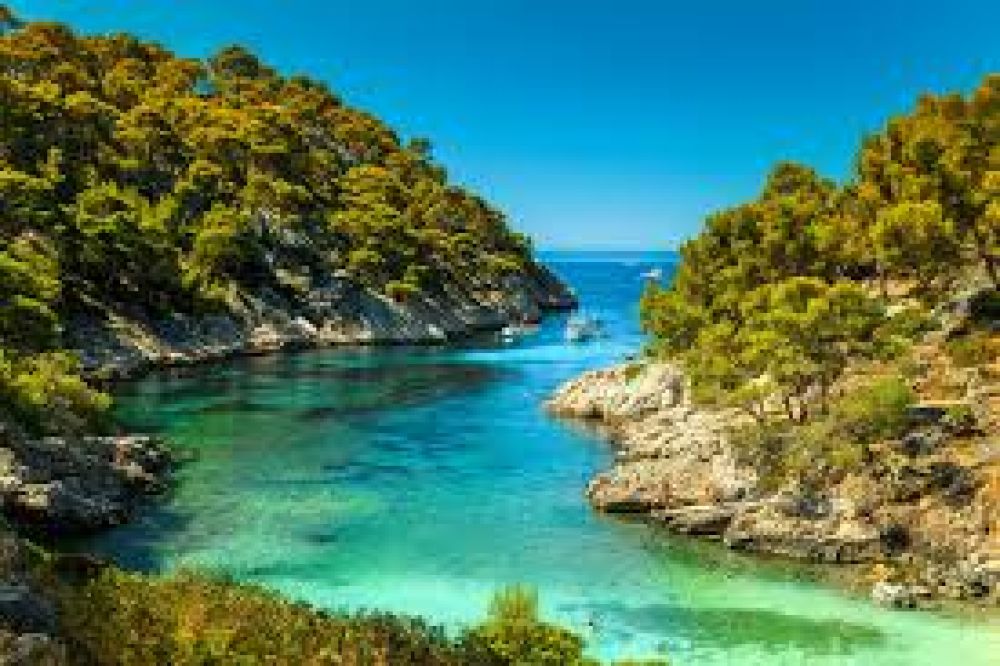

Tucked away on the stunning Mediterranean coastline of the French Riviera, Calanques National Park has become one of the most breathtaking natural wonders in France. Established in 2012, this national park stretches over land and sea and is known for its dramatic cliffs, turquoise waters, and rich biodiversity.
The history of tourism in Calanques National Park is a story of transformation. Initially, the calanques – a series of rugged coastal inlets formed in limestone – were mostly frequented by local inhabitants who prized the area for its natural beauty and resources.
During the late 19th and early 20th centuries, with the advent of leisure tourism, the calanques began to catch the attention of a broader audience. Artists and writers celebrated the landscape in their work, which helped to attract visitors from around the world.
The growth of the city of Marseille, coupled with improvements in transportation, made the calanques more accessible to tourists. Post World War II, the area saw increased interest for outdoor activities such as hiking, climbing, and boating. The unique characteristics of the calanques meant that they offered something for everyone – from serene escapes to adventure sports.
The push for preservation of the area's natural beauty and cultural significance gained momentum in the latter half of the 20th century. The French government responded by designating Calanques as a national park in April 2012. This move was pivotal in shaping the area's tourism, as it brought in more conservation efforts and structured visitor management.
In recent years, sustainable tourism has been at the forefront of the park's ethos. Visitors to the park are encouraged to adopt eco-friendly practices such as sticking to marked trails, not littering, and respecting the wildlife and plant life. The park authority routinely conducts educational activities to promote conservation awareness.
Adventure tourism has seen a rise in popularity within the park, with activities such as rock climbing, kayaking, and snorkeling drawing in tourists seeking thrill amidst natural beauty. Meanwhile, the park's proximity to Marseille means that it also serves as a day-trip destination for those looking to escape the hustle of the city.
Experience-focused tourism, which values authenticity and local culture, has also been a leading trend in the area. Tourists increasingly seek out the local Provencal gastronomy, wines, and cultural heritage sites in and around the park.
Accessibility: Calanques National Park is highly accessible from Marseille by public transportation, car, or even by boat. Several guided tours are available, offering various ways to experience the park's diverse landscapes and seascapes.
Best Time to Visit: The best time to visit the national park is in the spring and autumn months. During this time, the weather is pleasant, and the summer crowds have thinned out. It is worth noting that access to the park may be restricted during periods of high fire risk, particularly in the summer.
Activities: From leisure walks along the coast to climbing the rocky outcrops, the park offers a variety of activities. Marine and land tours not only showcase the park's stunning scenery but also its unique ecosystems.
Discovering Calanques National Park is a journey through a natural paradise that continuously balances the influx of tourists with the preservation of its fragile ecosystem. To this end, visiting the park is not just a chance to explore its beauty but also an opportunity to contribute to its conservation and legacy.